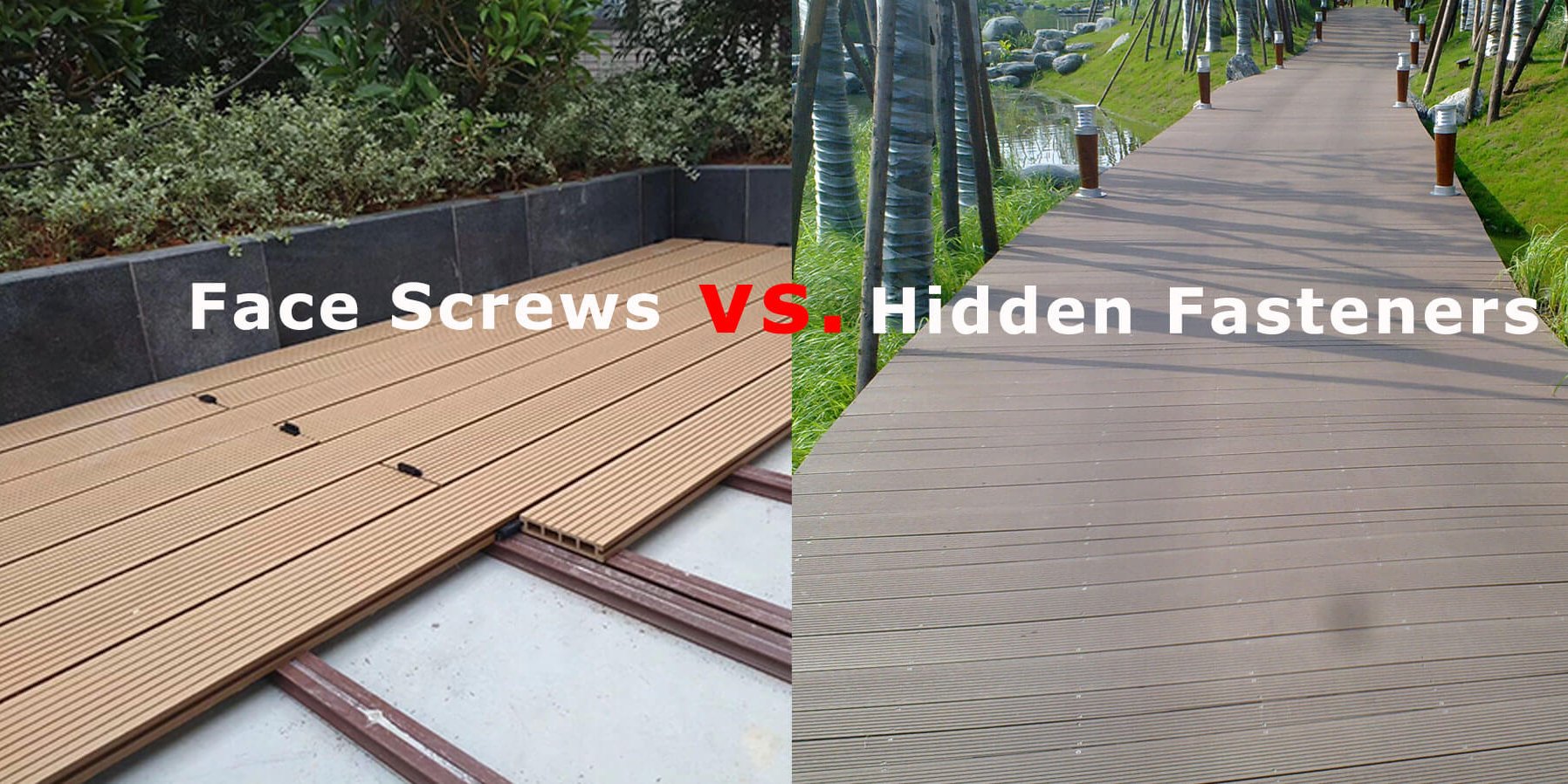When it comes to building or renovating a composite decking, the choice between using face screws and hidden fasteners isn’t just a matter of structural integrity—it’s also about beauty and long-term satisfaction. This blog post will explore both options, comparing their pros and cons to help you decide which is the best choice for your deck.
Understanding Face Screws: The Traditional Approach
Face screws are the traditional fastening method for both composite and natural wood decking, that are driven directly into the deck boards from above. These screws are visible on the surface of the deck, providing a straightforward and secure method of installation.
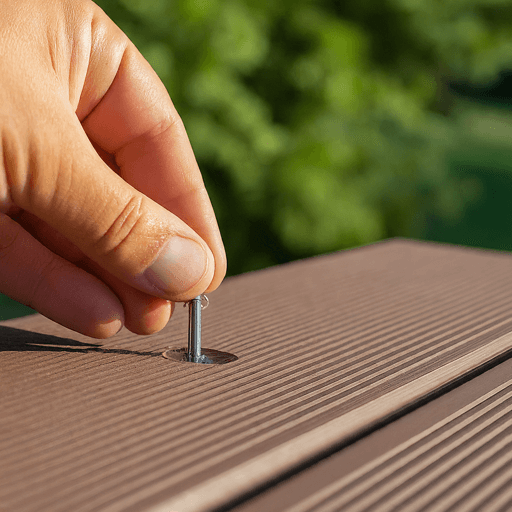
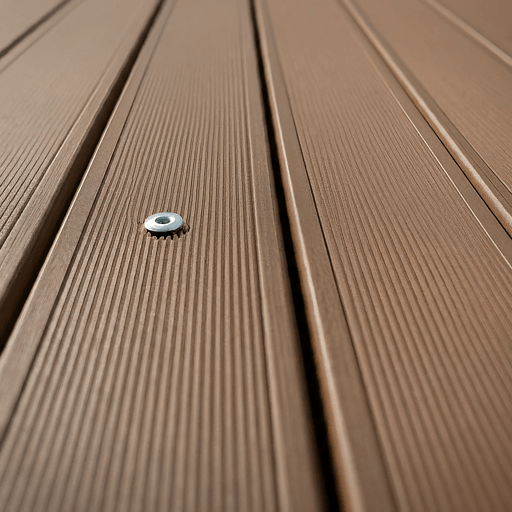
Key Benefits of Face Screws
Face screws remain a popular choice for composite deck installation, offering several key advantages:
Cost-Effective Solution
Face screws typically cost 40-60% less than hidden fastener systems
Superior Structural Integrity
Face screws provide strong holding power and durability, making them ideal for high-traffic areas and challenging extreme weather.
Improved Lateral Stability
Face screws offer better control against lateral movement caused by expansion and contraction of the decking boards.
Easy installation & Repairs
Requires basic tools and DIY-friendly. Allows for straightforward board replacement without disrupting the surrounding structure.
Face Screw Considerations
- Pre-drilling Requirements: Pre-drilled holes are generally necessary for most composite materials to prevent potential splitting or splintering that can occur when driving screws directly into the boards.
- Visual Impact: Visible screw heads affect the deck’s aesthetic appearance
- Color-Matched Options: To minimize the visibility of fasteners, some suppliers provide screws that match the color of the surrounding deck surface, helping to conceal the fasteners for a more aesthetically pleasing deck.
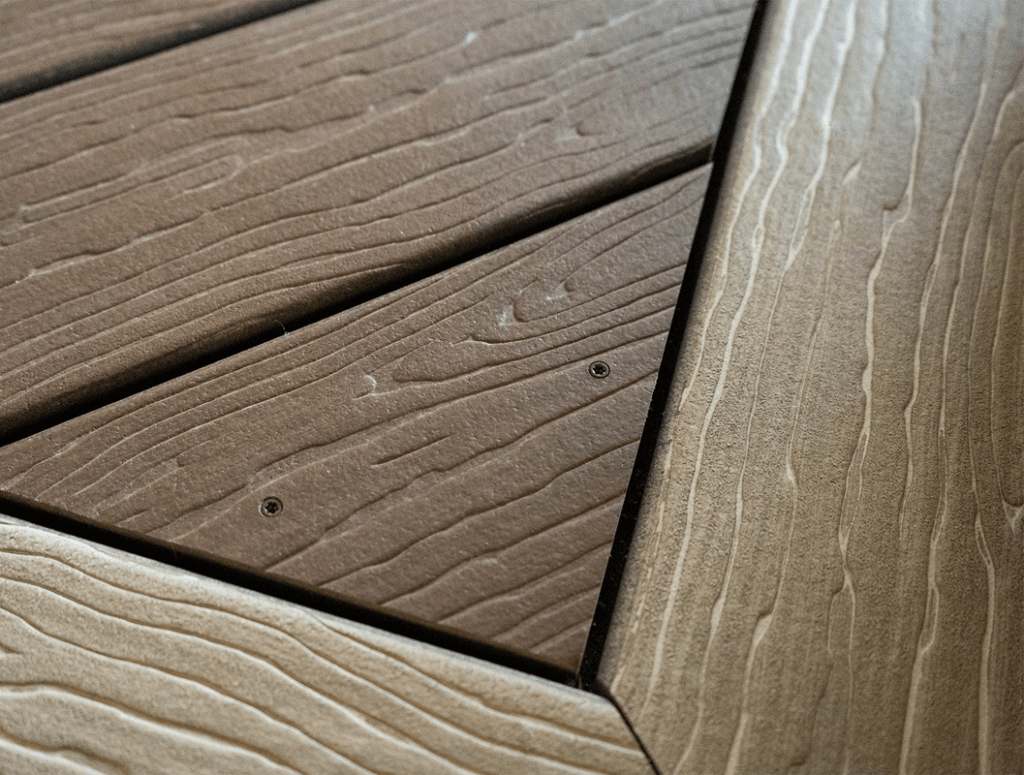
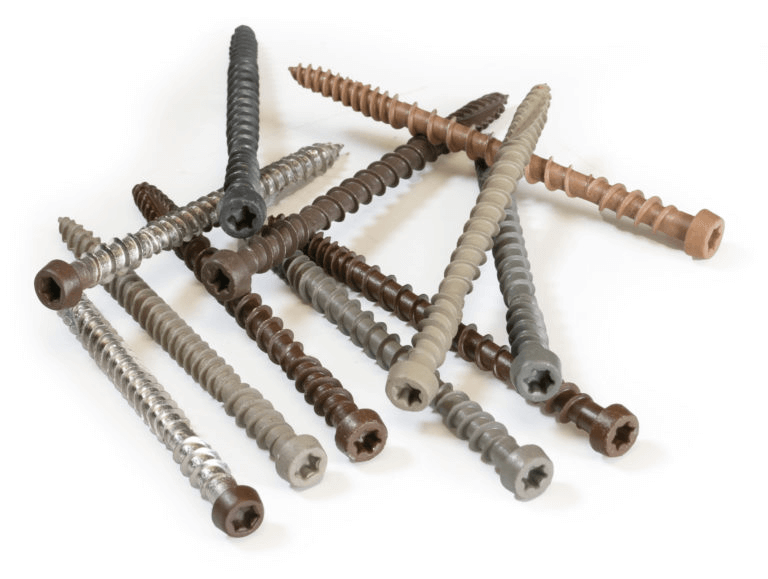
For a balanced approach between aesthetics and affordability, consider plug systems. These systems use face screws with matching plugs to create a cleaner look while maintaining the strength and ease of installation associated with traditional fasteners.
Plug systems, like those offered MoistureShield, utilize face screws installed with a countersink. This creates a recess for a small plug, seamlessly blending with the deck surface. These plugs are crafted from the same deck boards, effectively concealing fasteners for a clean, uniform appearance.
(Refer: https://www.moistureshield.com/about/blog/hidden-fasteners-vs-deck-screws/)
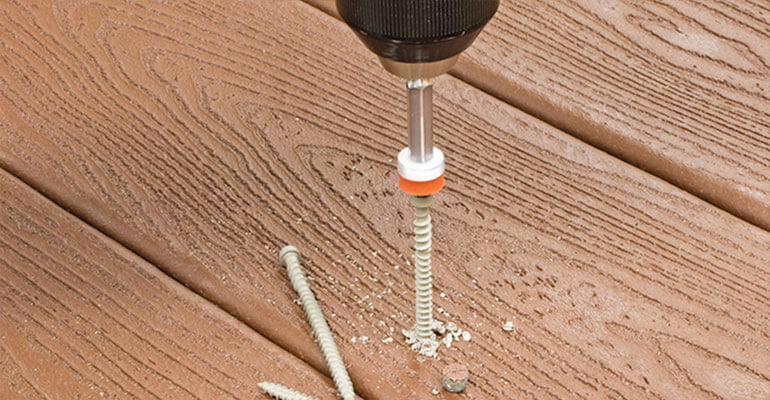
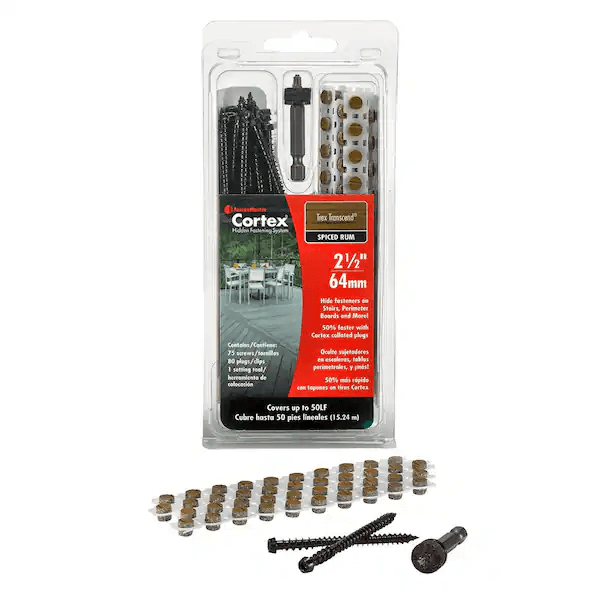
Hidden Fastener Systems Explained
Hidden fasteners represent the modern approach to deck installation, offering a seamless appearance and several unique advantages.
Types of Hidden Fasteners
- Plastic Clips: Economical option for standard installations
- Aluminum Clips: Increased durability for demanding environments
- Stainless Steel Clips: Premium option with maximum longevity
- Start/End Clips: Specialized fasteners for perimeter boards

For hidden fasteners installation, Bongywood offers a variety of hidden fastener clips for deck board installation. These clips are inserted into the grooved edges between boards, allowing screws to be installed within the gap rather than through the top of the deck boards. This hidden installation method maintains the integrity of the deck surface while providing several benefits:
- Consistent Spacing: The clips ensure consistent gaps between boards, creating a visually appealing and even deck surface.
- Simplified Installation: Installing clips in the grooves simplifies the fastening proves, making it faster and easier for installers.
- Improved Drainage: The specified gap between boards, determined by the clip’s thickness, allows for proper airflow and water drainage, extending the life of the deck.
Benefits of Hidden Fastening Systems
Clean Look
Hidden fasteners create a clean and smooth deck surface. They also ensure consistent gap spacing between boards, enhancing the overall aesthetic appeal.
Reduced Splitting Risk
Hidden fasteners, installed underneath the boards, significantly minimize the risk of splitting or splintering.
Barefoot Comfort
A deck with hidden fasteners provides is smoother and more comfortable surface for walking barefoot.
Longer Lifespan
High-quality hidden fasteners are often made from durable materials that resist rust and corrosion, ensuring a longer lifespan for your deck.
Hidden Fastening Considerations
- Higher Cost: Hidden fasteners are typically more costly than traditional face screws.
- Removal and Replacement: If a board needs to be replaced, removing it from hidden fasteners can be difficult without damaging the adjacent boards. This can make maintenance and repairs more challenging and costly.
- Limited Applications: hidden fasteners may not be suitable for all projects, such as stairs, picture frames, or boards with a radius bends due to their structural limitations.
Choosing the Right Option for Your Composite Deck
The decision between face screws and hidden fasteners ultimately depends on your priorities and project specifics. Here’s a guide to help you decide:
Choose Face Screws If:
- Working with a limited budget: If budget is your major concern, face screws offer a more affordable solution.
- Installing in high-traffic areas: For high-traffic areas or stairs with significant load, the superior holding power of face screws is recommended to ensure structural stability.
- Planning a DIY installation: Face screws are typically easier to install for DIY projects.
- Prioritizing easy repairs: Face screws allow for straightforward board replacement without disrupting the surrounding structure.
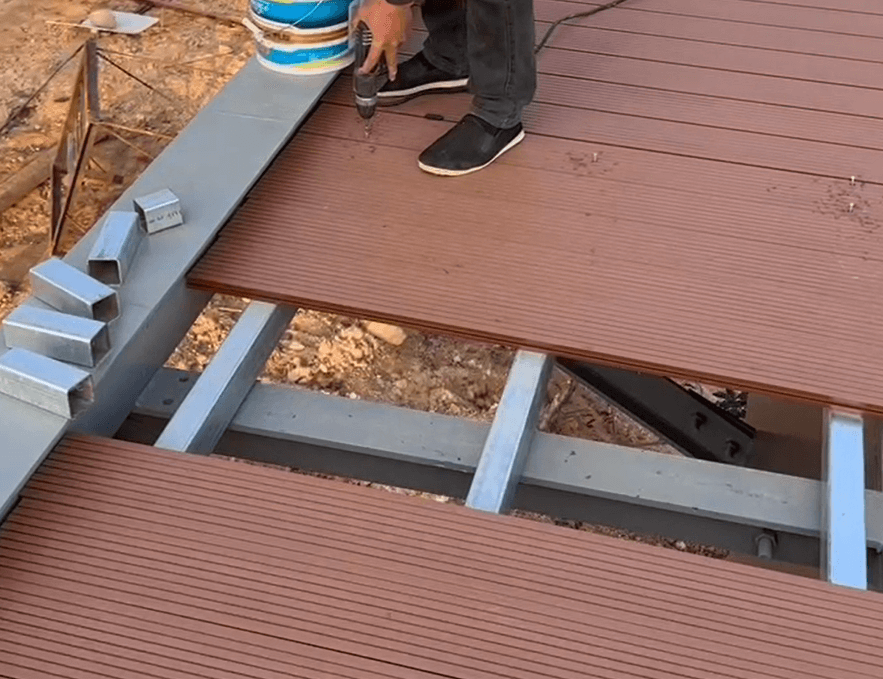
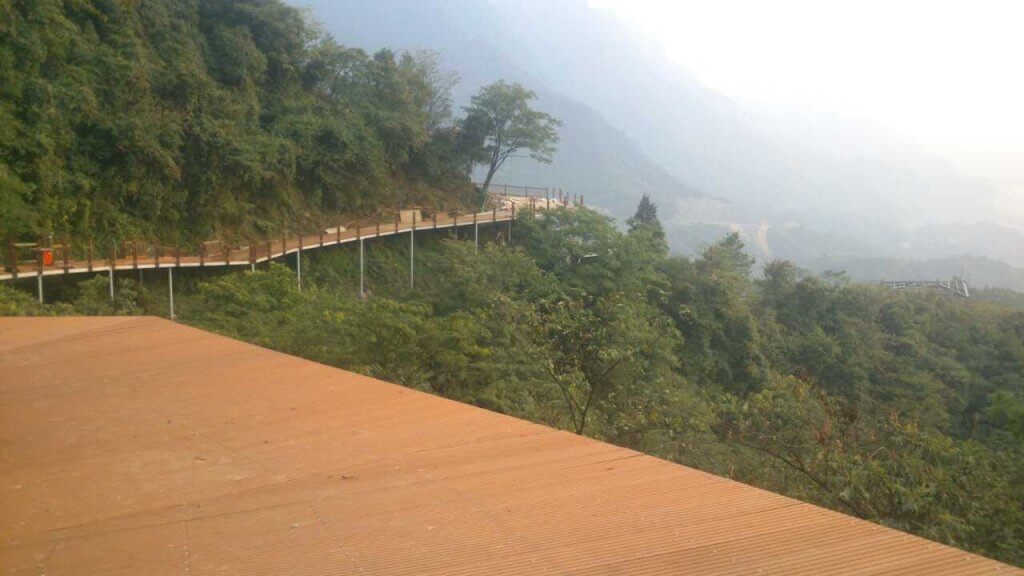
Choose Hidden Fasteners If:
- Prioritizing long-term durability
- Seeking a premium appearance: If the look of your deck is a top priority, hidden fasteners may be the better choice.
- Installing in barefoot areas: If children will be using the deck barefoot, the smooth surface provided by hidden fasteners can enhance safety and comfort.
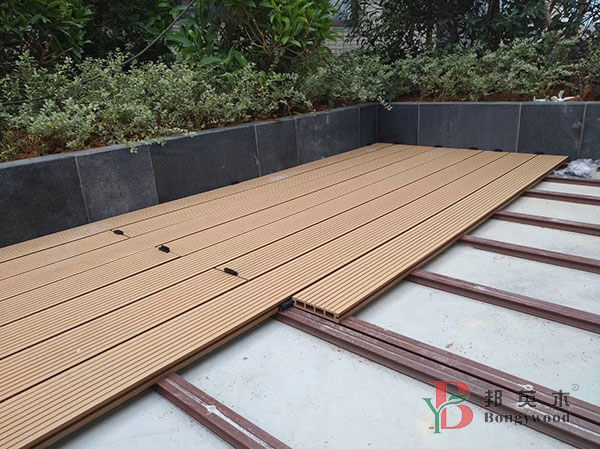
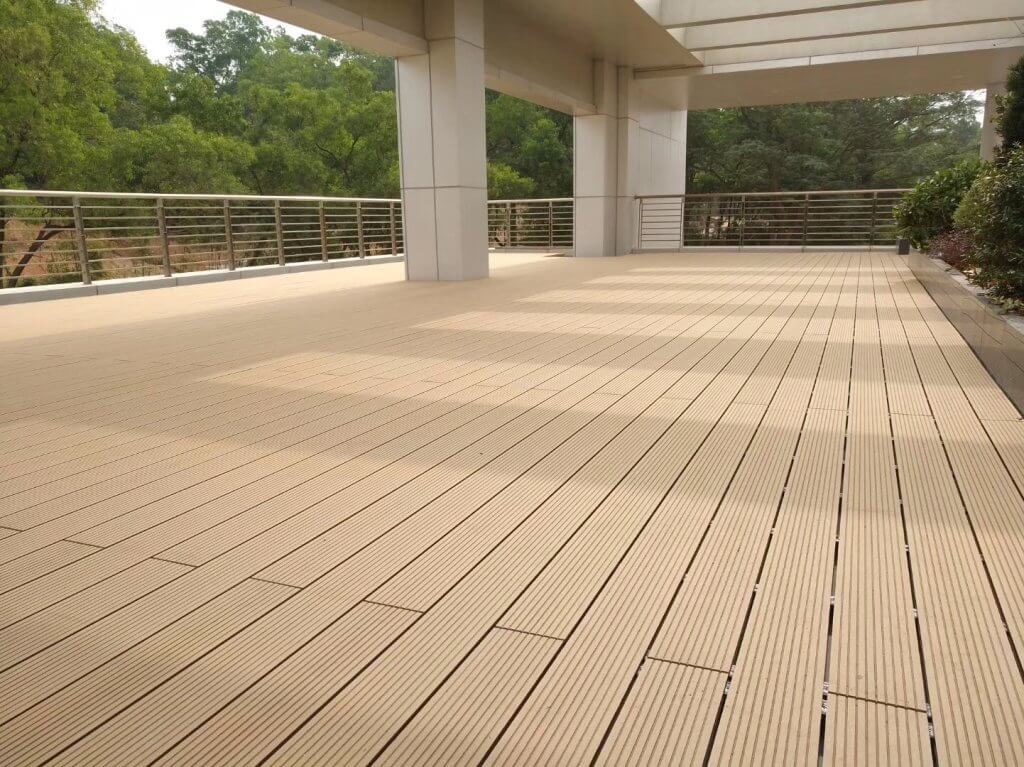
Conclusion
Choosing between face screws and hidden fasteners depends on your priorities—whether it’s budget, aesthetics, or longevity. For a flawless finish, hidden fasteners are the way to go, though they require a bigger initial investment. For those on a budget or preferring a straightforward DIY project, face screws might be the better option.
Remember: Proper installation and quality materials are key to a long-lasting and beautiful deck, regardless of the type of fasteners you choose. If you’re unsure, consulting a professional deck builder can provide valuable guidance specific to your project.
Guangdong Bangying New Building Materials Co., Ltd. is a professional manufacturer specializing in the R&D, production, and sales of WPC (Wood Plastic Composite) materials, our products include composite decking, capped composite decking, WPC Wall Panel, WPC Railing & Fencing, WPC Pergola & Gazebo, WPC Chairs & Bench, WPC Flower Planter Pots, etc.
Leave a Reply

